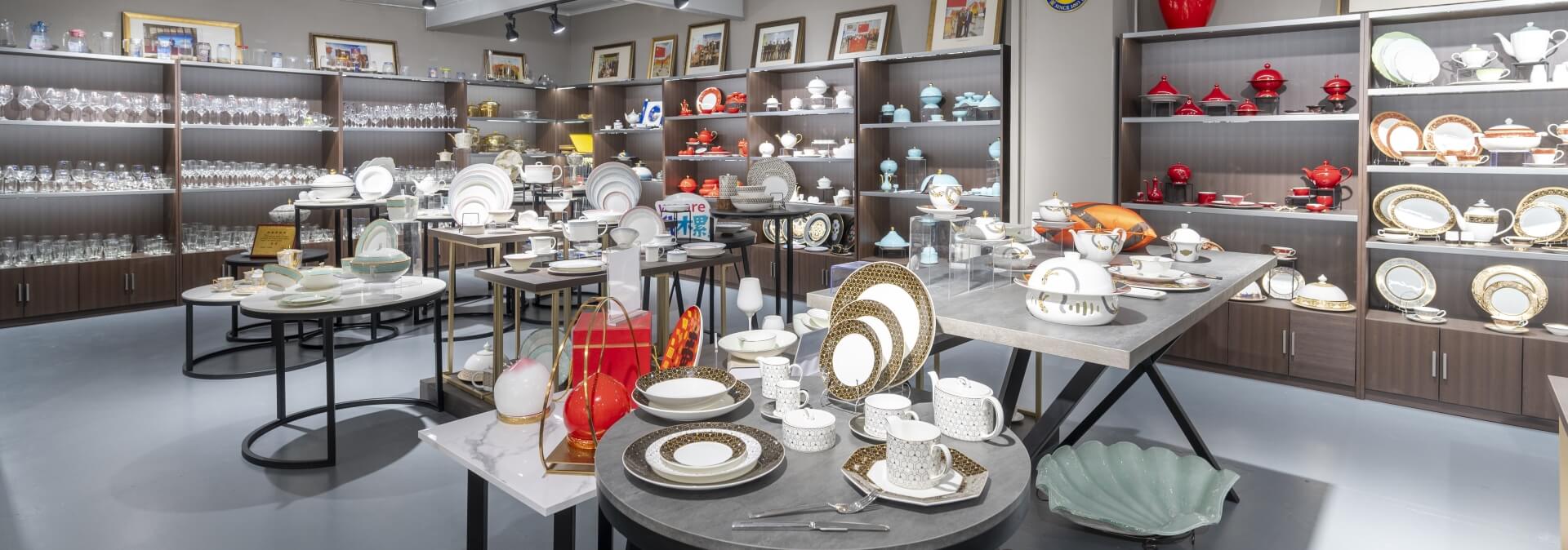
PITO Article
How to Tell if a Pot is Ceramic or Terra Cotta
When it comes to gardening, choosing the right pot is crucial for your plants’ health and aesthetics. Two popular options are ceramic and terra cotta pots. While they may seem similar at first glance, there are distinct differences between them that can affect your plants and your gardening experience. In this blog, we’ll explore how to differentiate between ceramic and terra cotta pots, including their features, benefits, and potential drawbacks.

Understanding Ceramic and Terra Cotta
What is Ceramic?
Ceramic pots are made from clay that has been fired at high temperatures, resulting in a dense, durable material. They can be glazed or unglazed, and they come in a wide variety of colors, shapes, and sizes. The glazing process gives ceramic pots a glossy finish, making them more visually appealing and waterproof.
What is Terra Cotta?
Terra cotta, which means “baked earth” in Italian, is a type of clay pot that is unglazed and typically has a reddish-brown color. It is fired at a lower temperature than ceramic, making it more porous. This porosity allows for better air circulation and drainage, which can be beneficial for many plants.
Key Differences Between Ceramic and Terra Cotta Pots
1. Appearance
- Ceramic Pots: These pots often have a smooth, glossy finish due to glazing. They can be painted or decorated, offering a wide range of aesthetic options.
- Terra Cotta Pots: Usually have a natural, rustic look with a matte finish. The earthy color and texture give them a traditional feel, which many gardeners appreciate.
2. Weight
- Ceramic Pots: Generally heavier than terra cotta pots, especially if they are large. This can make them more stable in windy conditions but also harder to move.
- Terra Cotta Pots: Lighter and easier to handle, which is useful if you frequently rearrange your plants.
3. Drainage and Porosity
- Ceramic Pots: Glazed ceramic pots do not allow for much air or moisture exchange, which can lead to root rot if overwatered. Unglazed ceramic pots offer better drainage, but they are less common.
- Terra Cotta Pots: Highly porous, allowing for excellent drainage and airflow. This makes them a preferred choice for plants that prefer drier conditions, such as succulents and cacti.
4. Durability
- Ceramic Pots: More durable than terra cotta, especially when glazed. They are less likely to crack in cold weather but can break if dropped.
- Terra Cotta Pots: More prone to cracking in freezing temperatures due to their porous nature. However, they can be quite resilient in warm weather.
5. Cost
- Ceramic Pots: Generally more expensive due to the glazing process and the craftsmanship involved.
- Terra Cotta Pots: Usually more affordable, making them a budget-friendly option for gardeners.
How to Identify the Pot Type
Visual Inspection
- Check the Surface: Look for a shiny, smooth surface (ceramic) versus a rough, matte finish (terra cotta).
- Color: If the pot is reddish-brown and unglazed, it’s likely terra cotta. If it’s colorful or painted, it’s probably ceramic.
Feel the Weight
Lift the pot; if it feels heavy and sturdy, it’s likely ceramic. A lighter pot suggests terra cotta.
Water Test
Pour a small amount of water into the pot:
- Ceramic: If the water stays on the surface and doesn’t absorb quickly, it’s likely a glazed ceramic pot.
- Terra Cotta: The water should absorb quickly due to the pot’s porosity.
Sound Test
Gently tap the pot:
- Ceramic: Produces a higher-pitched, ringing sound.
- Terra Cotta: Emits a dull thud, indicating its denser material.
Pros and Cons of Each Type
Ceramic Pots
Pros
- Aesthetic variety with colors and designs.
- More durable when glazed.
- Retain moisture better (when glazed), reducing watering frequency.
Cons
- More expensive.
- Can be heavy and hard to move.
- Risk of root rot if not adequately drained.
Terra Cotta Pots
Pros
- Affordable and readily available.
- Excellent drainage and airflow.
- Lightweight and easy to move.
Cons
- Prone to cracking in cold weather.
- Limited aesthetic options compared to ceramic.
- Absorb moisture, which can lead to quicker drying out of soil.
Choosing the Right Pot for Your Plants
When deciding between ceramic and terra cotta pots, consider the specific needs of your plants:
- Succulents and Cacti: Prefer terra cotta for its excellent drainage.
- Herbs and Vegetables: Can thrive in either, but terra cotta may require more frequent watering.
- Ornamental Plants: Ceramic pots can enhance the visual appeal and complement indoor decor.
Conclusion
Understanding the differences between ceramic and terra cotta pots is essential for any gardener. Each type has its unique advantages and disadvantages, so the right choice will depend on your plants’ needs and your aesthetic preferences. By following the tips outlined in this blog, you’ll be better equipped to identify and select the perfect pot for your gardening projects. Happy planting!
LET'S TALK TOGETHER
Lorem ipsum dolor sit amet, consectetur estor adipi isicing elit, sed do eiusmod tempor este uterre incididui unt ut

